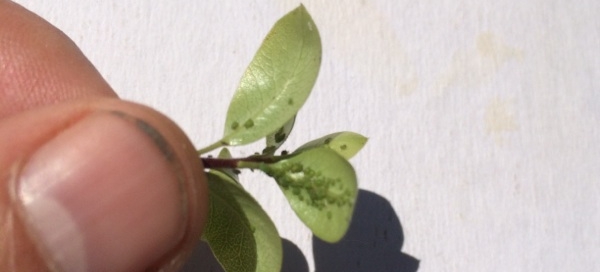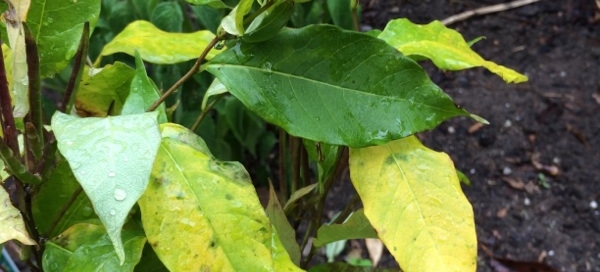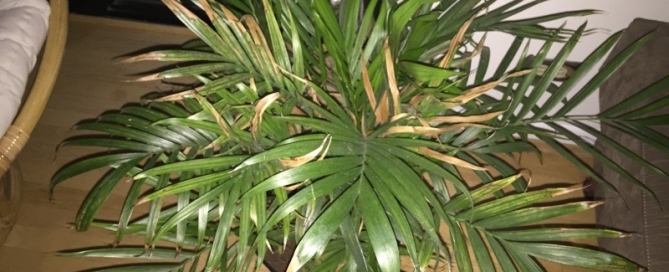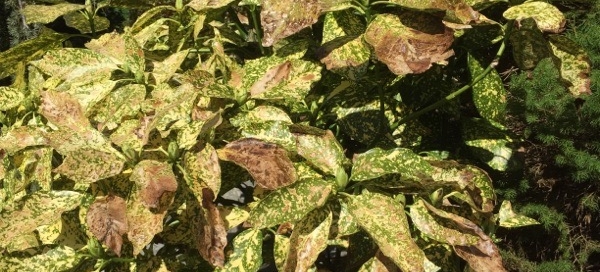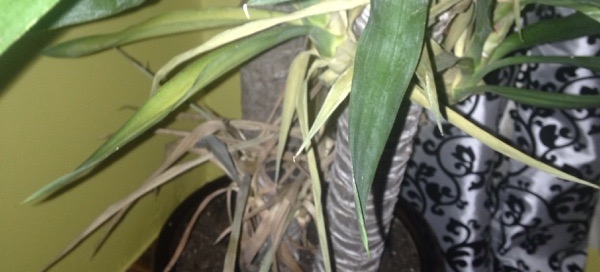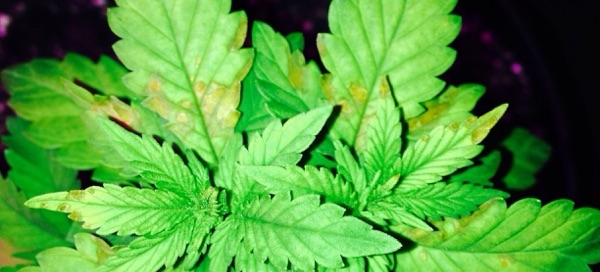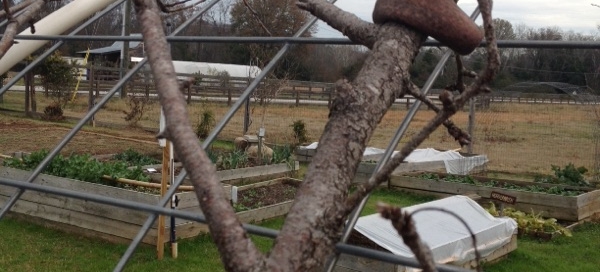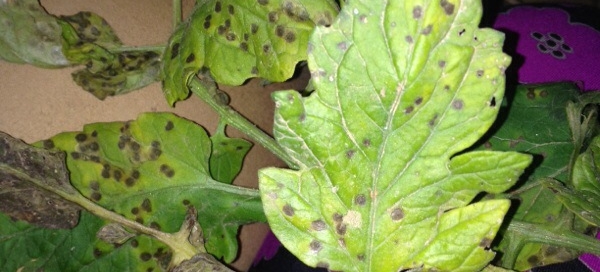Aphids
These are sap sucking insects called Aphids. These insects don't usually cause plants to lose their leaves, but they can cause leaves to turn yellow, curl or become distorted (especially the new grwoth), and growth can be stunted. If there are so many of Aphids that you are seeing these symptoms, you should also see/feel the sticky excrement the aphids produce; this is called honeydew, and you may have ants in the plant as well; the ants feed on the honeydew. You may also see a black sooty mold on the leaves underneath the feeding aphids; this mold grows in the honeydew but does not actually infect the plant and won't kill the plant but it can cause a reduction in photosynthesis because it blocks sunlight from reaching the leaf cells. We've included a webpage link from the University of CA all about aphids and how to control them. Some aphids can transfer diseases that may also affect plants, but that usually does not cause leaves to drop. We suggest that there may be another issue causing the leaves to drop, such as too much or not enough water, nutrient deficiency, or other environmental causes. If you'd like to send another photo of the plant we can took a look at that as well; maybe we can see or figure out the reason for the leaf drop problem. If you click on the link at the bottom of this page, you'll go to another page with more specific info about aphids and various species of them.
http://www.ipm.ucdavis.edu/QT/aphidscard.html
